It Might Be Too Late
- Mike Page
- Jul 5
- 5 min read
Updated: Jul 9
And now for something completely different. I've mentioned before that I'm presently (summer 2025) enrolled in a photography Masters program with the Online University of Bournmouth (10/10, would do it again). Our present module is challenging us to think beyond photography and embrace not only AI but also alternatives to classic photography. One of my fellow students recently suggested that I look at the work of the photographer Samin Ahmadzadeh, who employs a weaving technique to combine images, especially portraits, in quite an innovative way.
(1) Data Flow Brycheiniog.og.og.og.og
The Four-Falls hike in Bannau Brycheiniog (formally known as the Brecon Beacons) encompasses this wonderful flow on the Mellte river. Somehow, the curtain of water brought to mind the data flow depiction in the Matrix films - probably due in part to the green moss, prompting me to use the AI to generate this Matrix-like data flow
Although I initially came across the concept in the context of a more introspective module where I was contemplating combining self-portraits with environmental shots, it was too late in the project to really use it, but it jumped out at me with the new project and so here we are.
(2) Porlock Weir(d)
One of our go-to photography locations when we're back in the UK is the delightful hamlet of Porlock Weir. These three thatched cottages on the edge of the Bristol Channel typify the charm of the place, but what if this weren't the case?
Normally my photography is all about nature, whether landscape or wildlife. It’s an antidote to everything going on around us; the bustle of everyday life, society as a whole, the political developments of the last decade or so, not to mention the wars flaring up all over the world at the moment. Getting out into nature allows us to forget, or at least tune out, for a while what’s going on all around us.
(3) So-Long Soglio
When we first visited the Bergell Valley in south-eastern Switzerland over 20 years ago, there was an ancient Baedecker travel guide from the end of the 19th century in the house we were staying in. The guide made the audatious claim that the village of Soglio was the most picturesque in the Alps. Interest piqued, we decided to visit to see whether the claims were justified. We weren't disappointed
But what if nature isn’t as resilient as we’d like to believe? For the longest time, we have managed to live in close harmony with our surroundings, both in terms of the materials we chose to use and the way we built. There seemed to be a respect for the environments that we inhabited that we somehow seem to have lost along the way.
(4) Aescher in Ashes
The mountain refuge Berggasthaus Aescher is one of the most iconic huts in the Swiss Alps, built into the cliffs below the Ebenalp. What if it was all skyscrapers in disrepair? I love how the AI has created a dystopian image having the same essential structure but a very different feel.
A lot of my images highlight human constructs which feel as if they belong in their setting, whether the iconic St. Colomon church in the Bavarian Alps, the unique Gasthaus Aescher in the mountains above Appenzell or the fisher cottages at Porlock Weir in England. But what if we were to lose these places?
(5) Heaven in Flames
The Milky Way often resembles a pall of smoke spanning the night sky. What if the chapel for my image "Gateway to Heaven" was a house on fire? I decided to change up the collage process here and burned some holes in the original to let the burning house shine through. Although a nightmare image, this is far from implausible. The mountain forests are so dry at the moment that the slightest provocation could send the whole thing up in flames.
I have started using AI (Adobe Firefly) to generate dystopian versions of some of my favourite images of the last years, trying to highlight the fragile nature of our immediate environment by presenting exaggeratedly pessimistic versions of the places and views that I love as a form of warning; if we don’t stop our rapacious consumption of the environment very soon, those sanctuaries will cease to exist.
The fun thing about generating these AI images is that they sometimes come up with details that I would never have thought of, such as the dried-up river in "A Bridge Too Far" below or the slag heaps in "So Long Soglio". On the other hand, the AI that I was using was sometimes quite resistant to the prompts that I was using. The image that I had in mind for "Aescher in Ashes" was one like this old Chinese house dwarfed by modern tower blocks, but the AI had something else in mind and I really liked the result.
(6) A Bridge Too Far
I love the beauty of this scene near Bad Hindelang in the Allgäu mountains of southern Germany, partly because it was something I found rather than an image I'd seen somewhere online and then chased it down. Over-tourism is a very real threat in the mountains. Once it's taken its ugly root, it can soon eradicate any sign of the sanctuary that caused it in the first place.
Combining these idyllic scenes where we have successfully managed to build in tune with nature with pessimistic alternatives in a way that jars the senses serves to highlight the precipice on which we find ourselves. The compound images serve as a warning that - if it’s not already too late - we are in imminent danger of losing this most precious resource. The process of cutting, tearing and burning ensures that each image is absolutely original and uniquely irreproducible, a rare thing in this age of digital images.
(7) Valley of Rocks
The valley of rocks is a lovely site just above Lynton on the north Devon coast. The tea garden just beyond the cricket pitch sits nicely in the valley, but what if all that beauty were to evapourate?
(8) St. Command Centre
The present level of military threat facing central Europe is something we haven't seen for 80+ years. Turning the iconic St. Coloman near Füssen and Neu Schwanstein into a missile command post resulting in this eerily strange yet plausible scene.
The images are supposed to be uncomfortable to look at, forcing the viewer to go "Huh? what on earth am I looking at?" and then deconstruct the original images and consider the connection. Ahmadzadeh uses the weaving technique to emphasise the connection between the subjects, I've used it here to generate tension between the what is and the what might be in order to make people stop and think.





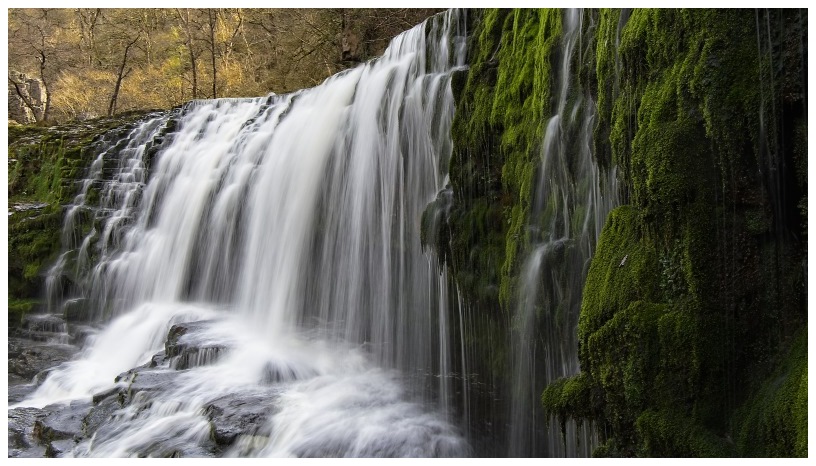

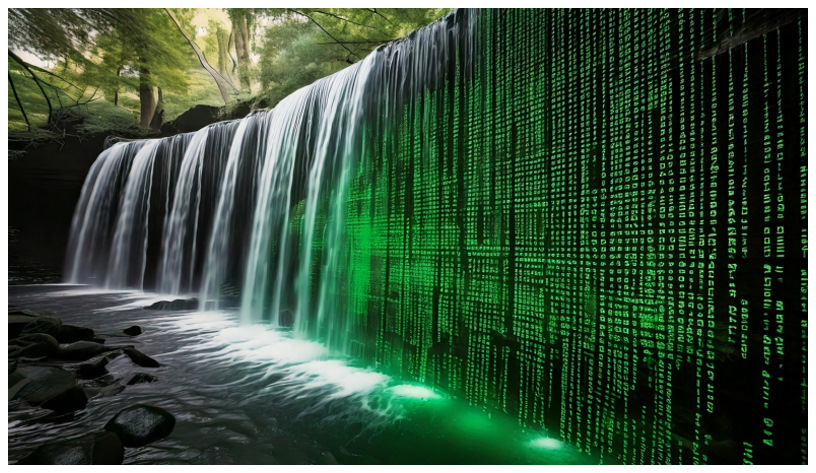



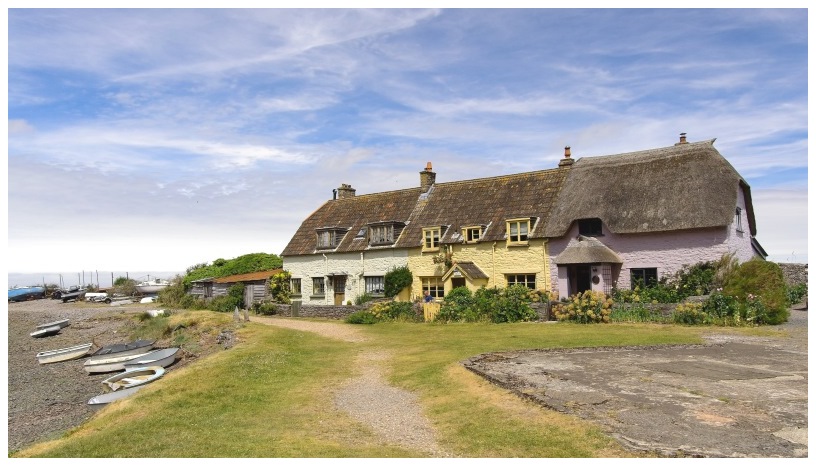

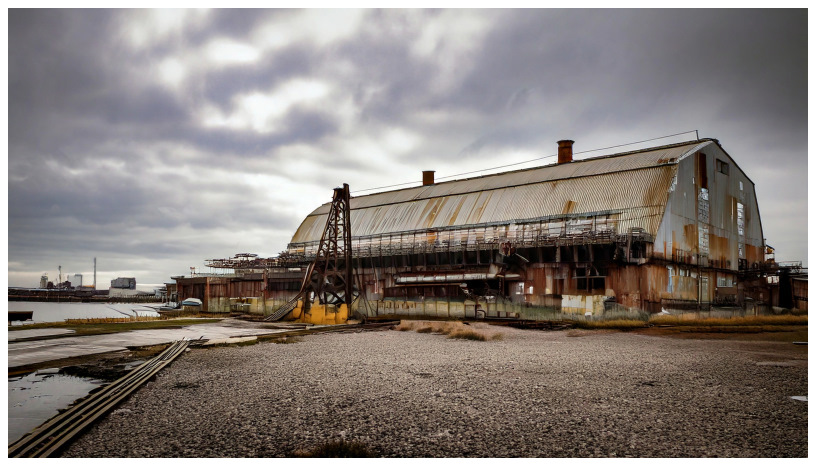





















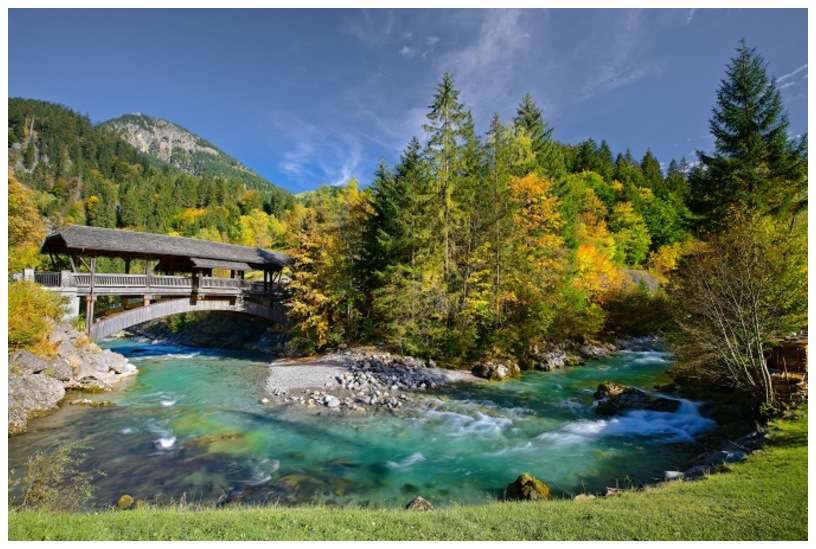

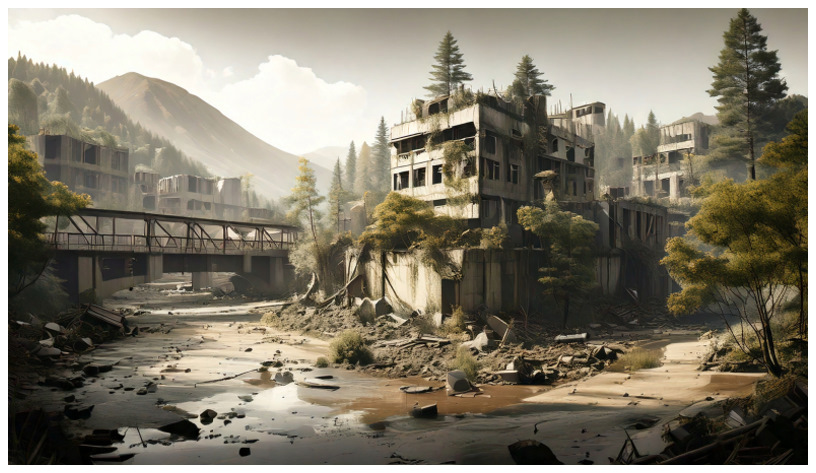



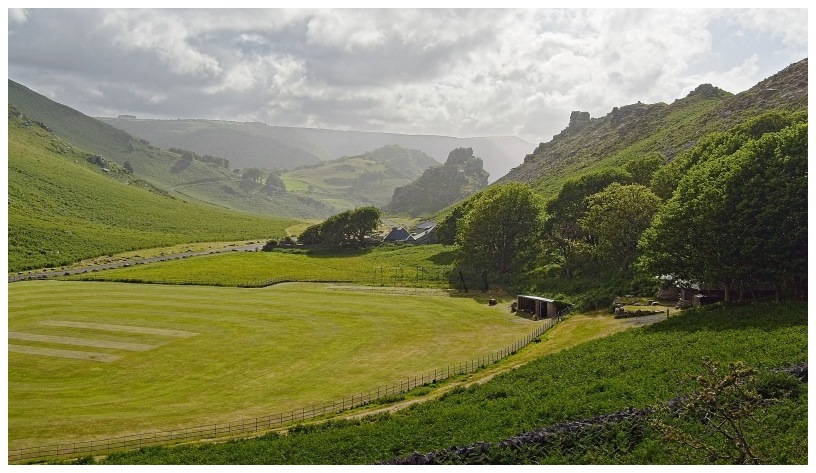





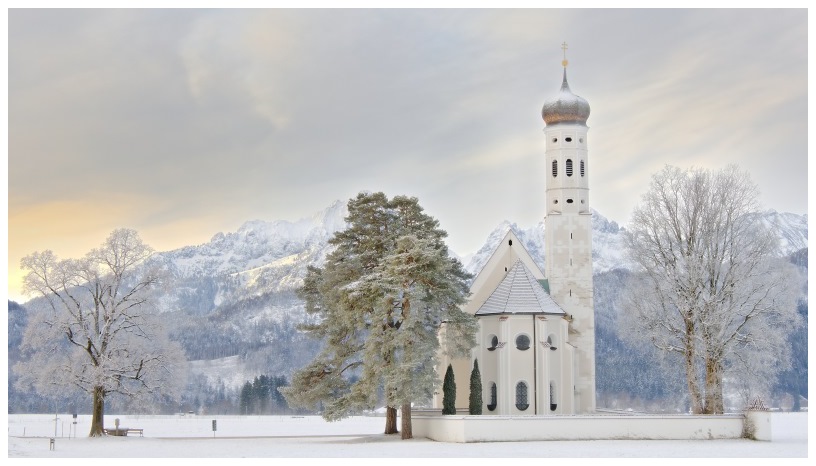

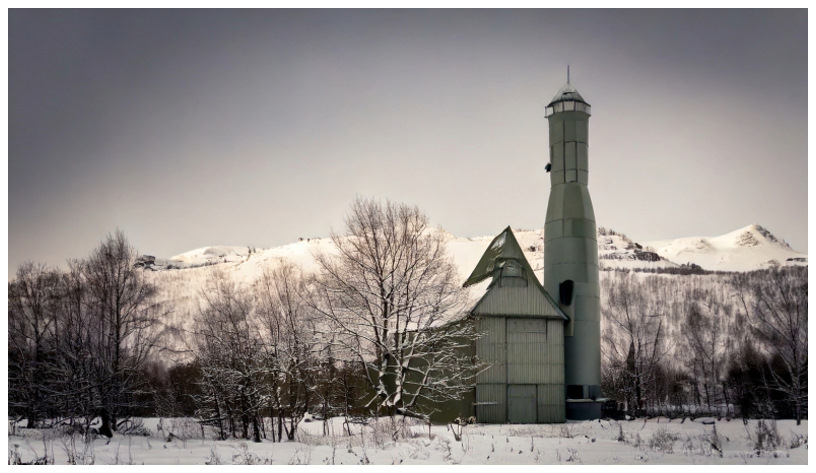



Comments